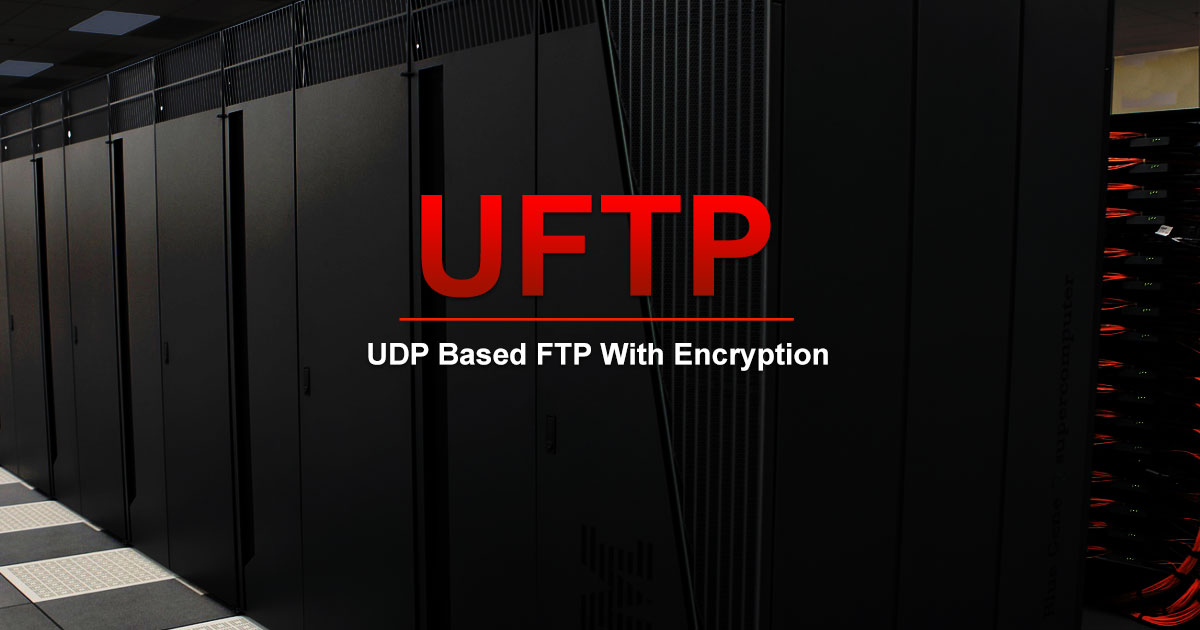
The digital economy is on the rise and financial services are more dependent on technology than ever. For this, the maintenance of a robust framework to protect personal information has acquired great importance. Our personal information, as well as financial information, are continuously updated, checked and monitored online. This is a big concern for the data holders because it has already been very difficult to keep pace with hackers trying to access online finances. The situation became more complicated with the emergence of cryptocurrencies and that led to spawn a new breed of hackers – cryptojackers.
What is crypto-jacking?
Crypto-jacking is the unauthorized use of computing resources to mine cryptocurrencies. Hackers accomplish this by sending emails with malicious links that load crypto mining code on the computer once the victim clicks on it. Another way is, infecting a website or online ad with JavaScript code that auto-executes once loaded in the victim’s browser. The interesting part is, it is difficult to detect as the code works in the background and unsuspecting victims use their computers normally without any problem except its slower performance or lags in execution.
The process called Crypto-jacking harnesses a victim machine to perform the computations necessary to update cryptocurrency blockchains, creating new tokens and generating fees in the process. These tokens and fees are deposited to the wallets owned by the attackers and the costs of mining – electricity, and wear and tear to computers and other devices are borne by the victim.
Why should you be concerned about it?
A survey says, 55% of organizations globally are affected by crypto-jacking. Cryptocurrencies like Bitcoins require specialized hardware that consumes masses of energy and some cryptocurrencies like Monero can be mined easily by anyone with computing power to spare. Cryptocurrencies are a boon for individuals or corporate that seeks financial anonymity. The lack of central regulatory authority has widened the path for illegal trading through virtual currencies. In the dark web, most of the trading happens through cryptocurrency. Unlike most other types of malware, crypto-jacking scripts do no damage to computers or victims’ data. Instead, they steal CPU processing resources. Big organization with many cryptojacked systems can incur real costs in terms of help desk and IT time spent tracking down performance issues due to its slow speed and replacing components or systems in the hope of solving the problem.
How to protect your PC from cryptojackers?
The process of crypto-jacking starts when a Javascript miner file is uploaded to a website. This file can either be knowingly placed or snuck in after a security breach by the website owner and the hacker respectively. When someone visits the website, Javascript file is run and that uses victim’s computer to mine cryptocurrency. This means as long as the user is on the site, the computer will be used to work for the person who placed the file. It must be noted that ‘crypto-jacking’ only involves a mining script running without the user’s consent or knowledge.
Protection against crypto-jacking:
The trickiest aspect of cryptomining is it occurs in the background and shows no sign of it exc ept overheating of the computer or slowing down. Also, remember that cryptomining is legal. So, if you want to stop hackers from crypto-jacking your computer or avoid cryptomining altogether, here find a couple of options:
- As its all taking place on the site, you can simply navigate away to stop the crypto-jacking attack. If you notice that your CPU goes into overdrive while visiting a particular site, it might be crypto-jacking. Check your CPU’s usage via your operating system. In windows, CPU usage can be checked by pressing ctrl+shift+esc and clicking on the performance tab.
- As crypto-jacking works via a website script, block the script to stop the problem right at the beginning by not allowing it to load. There are dedicated plugins to stop browser mining. Good ad blocker or script blocker will also be able to pick up on the script and stop it from loading in the browser.
- Make sure your Windows software is updated to prevent against vulnerabilities like EternalBlue which can be used to spread cryptomining attacks.
Crypto-jacking does no harm to your data or computer but it can lead to a big issue. As we depend on technology to store and use the most critical personal information, the risk of letting cryptominers to trespass on your computer intentionally or unintentionally can have a far-reaching consequence. Be alert.
Hacking Tools
Explore All Hacking Tools »
UFTP is an encrypted multicast file transfer program for secure, reliable & efficient transfer of files. It also helps in data distribution over a satellite link.
Read DetailsBreaking News
Breaking News Of Each Month »
The recent pandemic was unexpected and unknown to most part of the world. It has changed our life and we are slowly adapting to our new lifestyle. The risks associated with the new lifestyle, both personal & corporate, are unknown to most of us.
Read Details



















